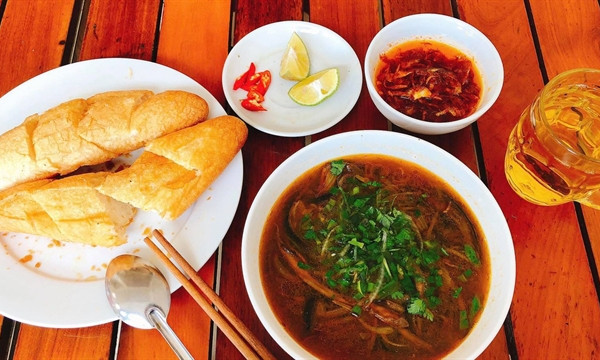Local noodle soup designated as national intangible cultural heritage
The Ministry of Culture, Sports, and Tourism has officially recognised phở Nam Định (Nam Định-style phở) and mỳ Quảng (Quảng Nam-style noodle soup) as part of the national intangible cultural heritage list.
The Ministry of Culture, Sports, and Tourism has officially recognised phở Nam Định (Nam Định-style phở) and mỳ Quảng (Quảng Nam-style noodle soup) as part of the national intangible cultural heritage list.
Phở Nam Định has been categorised under the domain of folk knowledge, meeting the criteria of representation of community and local identity, reflection of cultural diversity and human creativity passed down through generations, possibility of revival and long-term existence, and the local community's consensus, voluntary nomination, and commitment to safeguarding.
The northern province of Nam Định is celebrated as the birthplace of phở, a staple in the Vietnamese culinary culture, beloved both in Việt Nam and worldwide.
Over time, the dish has become a symbol of pride for locals for its unique qualities in every stage of preparation – from selecting ingredients and crafting the distinctive noodles to the careful cooking process that ensures each bowl maintains its authentic flavour and nutritional value.
The recognition is a crucial step towards the Government's proposal to UNESCO, seeking its inclusion of pho in the Representative List of the Intangible Cultural Heritage of Humanity.
Meanwhile, the ministry’s decision to officially include the folk knowledge of the central province of Quảng Nam’s mỳ Quảng in the national list followed a formal request from the provincial authorities in August last year.
The craft of making mỳ Quảng is acknowledged for encapsulating the distinctive culinary values of the area.
According to the Quảng Nam People's Committee, the dish evolved alongside the southward migration of settlers, adapting to available ingredients and thus contributing to its rich and varied flavours. This versatile dish highlights the folk culinary culture of the land, appealing to a broad range of tastes and embodying the local history and folk knowledge.



